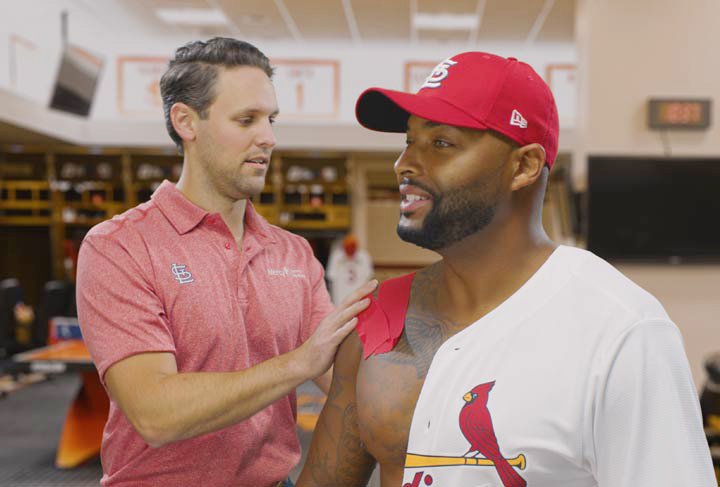
Concussions in Youth Sports: What Parents Need to Know
- Home
- Services
- Service Lines
- Sports Medicine
- Concussions in Youth Sports: What Parents Need to Know
For the staff at Mercy Sports Medicine, treating concussions among young athletes is more important than winning the game.
Athletes who return to play or practice before fully recovering from a concussion are at higher risk of sustaining another concussion with more severe symptoms.
Concussions are a mild traumatic brain injury, caused by a direct or indirect blow to the head. Immediate symptoms are feeling dazed or stunned and possibly a brief loss of consciousness. Other symptoms, however, may take hours or several days to be noticed. These can include a persistent headache, sensitivity to light, decreased coordination and changes in sleep pattern.
Concussions among young athletes are particularly serious because their brains have not developed fully. Young players are also at risk for a rare, but often fatal, complication known as ”second impact syndrome” that happens when a young person sustains a second concussion before a mild concussion has completely healed.
That’s why we at Mercy Sports Medicine do not deviate from a young athlete’s treatment plan, which includes at least a seven- to 10day wait period that begins after the patient is symptom-free. We use a Sports Concussion Assessment Tool (SCAT3) and the computer based ImPACT testing to rate an athlete’s memory function, balance and other symptoms on a scale from zero to six (six being the most severe). Before a player is allowed back in the game, he has to be back to zero with every measurement.
To prevent reoccurring concussions and possible long-term injury, we work closely with parents, as well as athletes, coaches and athletic trainers at area schools and colleges.
